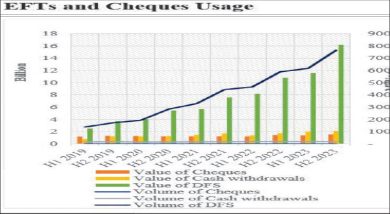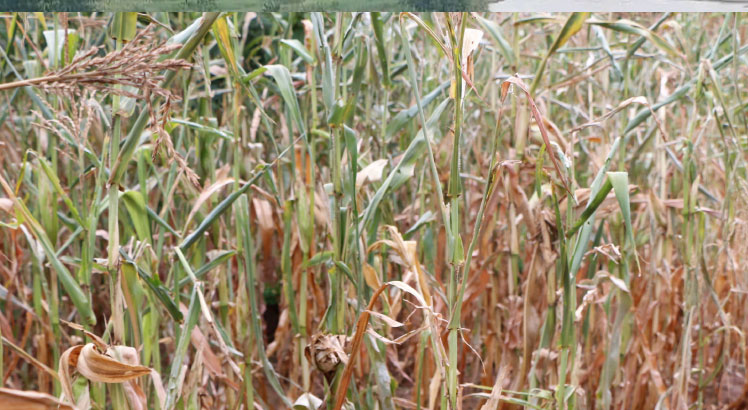Malawi inflation still Comesa second highest

Malawi’s inflation rate as measured by the Consumer Price Index (CPI) is still one of the highest in the Comesa region despite its fall in the past three months.
The latest Common Market for Eastern and Southern Africa (Comesa) Harmonised Consumer Price Index (Comesa-HCPI) shows that Malawi’s March inflation stood at 24.1 percent, second only to Sudan’s 33.5 percent.
Malawi’s inflation has been dropping since February, falling to 23.9 percent in April due to the drop in food prices and prudent monetary policies.
Regardless of the relatively high inflation rates, the International Monetary Fund (IMF) under Malawi’s Extended Credit Facility (ECF) has maintained the country’s single digit inflation target of 9.7 percent by end this year.
The IMF said Malawi’s end-of- period inflation will fall from 23.5 percent in December 2013 to 9.7 percent while the annual average will fall to 15.1 percent from 28.6 percent in 2013.
Experts and analysts have, however, doubted the achievement of the single digit inflation target.
However, the Reserve Bank of Malawi (RBM) has projected that the country’s inflation rate will fall to around 16 percent in December this year.
Analysts have welcomed the fall in the inflation, arguing that as inflation pressures ease, the prices of goods and services may fall or stabilise, leaving more disposable incomes for both incomes and households.
The analysts also agree that lower inflation rates will lead to lower interest rates, affecting lending rates which will increase the amount borrowed and more disposable income that will be used in investments and production as a result of improved real returns.
Lower inflation will also boost the economy and the value of the local currency.
However, Malawi’s March 24.1 percent inflation is way off the annual average inflation rate for the combined regions—Southern Africa Development Community (Sadc) and Comesa—which stood at nine percent in 2013 compared to 10.2 percent in 2012, according to the report.
The March HCPI, however, indicates that Comesa registered relatively high annual average inflation rate of 9.7 percent in 2013 compared to 12.1 percent in 2012.
On the other hand, the Sadc region registered relatively lower annual average rates of seven percent in 2013 and 7.4 percent in 2012.
According to the data, annual average inflation rate decreased in both regions and was relatively high in the Comesa region compared to the Sadc region during the period.





